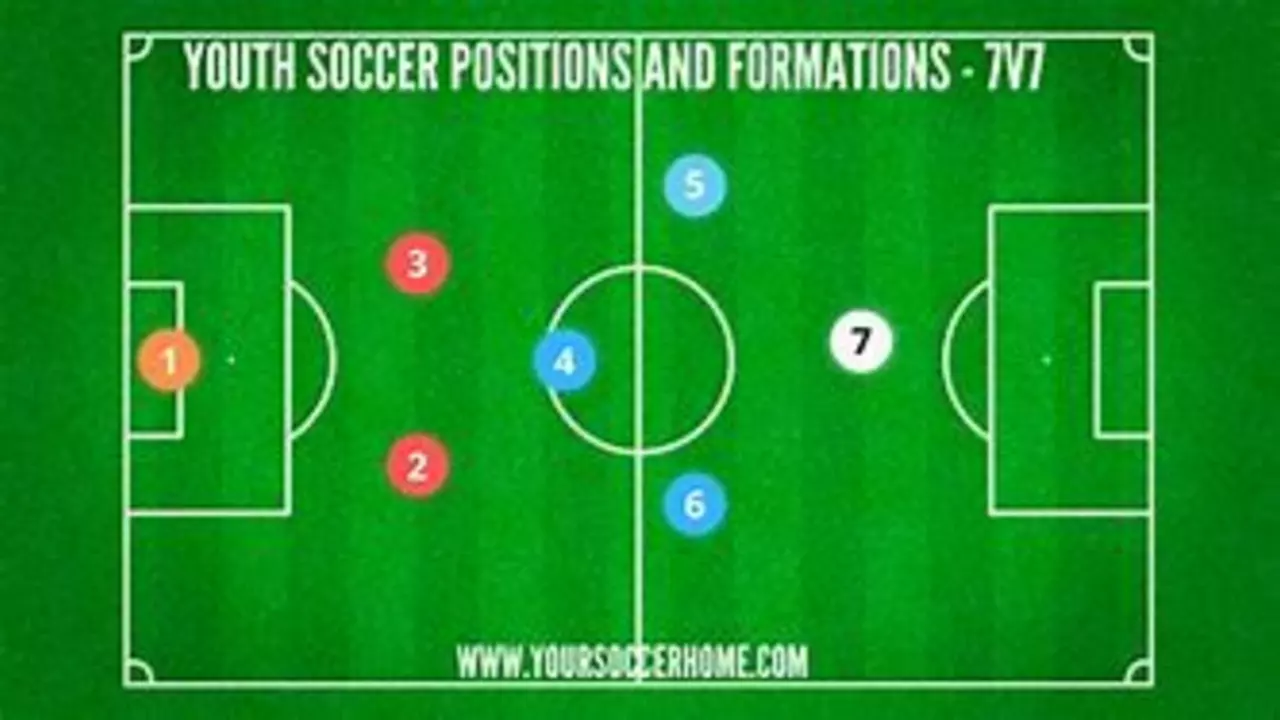Soccer Position Basics: What Every Player Should Know
When you step onto the pitch, your spot on the field decides a lot about what you’ll do all game. Understanding each soccer position helps you play smarter, avoid confusion, and enjoy the match more. Below we break down the most common roles, what they demand, and how you can decide which one fits you best.
Common Soccer Positions and Their Jobs
Goalkeeper – The last line of defense. A keeper needs quick reflexes, good hand‑eye coordination, and confidence to command the box. Their main job is stopping shots, but they also start attacks with throws or kicks.
Defenders – Usually three to four players protecting the goal. Center‑backs focus on marking strikers, winning aerial duels, and clearing balls. Full‑backs or wing‑backs patrol the sides, block crosses, and support forward runs when possible.
Midfielders – The engine room. Defensive mids shield the backline, break up opposition play, and distribute the ball. Central mids link defense and attack, controlling tempo. Attacking mids push forward, create chances, and sometimes score themselves.
Forwards – Goal‑scorers. Strikers stay high, chase long balls, and finish chances. Wingers hug the sidelines, beat defenders with speed, deliver crosses, and cut inside to shoot.
How to Pick the Right Position for You
First, look at your physical traits. Tall, strong players often thrive as center‑backs or target‑strikers, while fast, agile types shine as wingers or full‑backs. Next, think about your skill set. If you love reading the game and making quick passes, midfield could be your zone. If you thrive under pressure and love high‑stakes moments, trying out as a striker might suit you.
Second, consider what feels natural in practice. Spend a few training sessions in each role and notice where you’re most comfortable. Ask coaches for feedback—they see strengths you might overlook. Their input can steer you toward a position that matches your strengths and the team’s needs.
Third, remember that positions can evolve. Many top players started in one spot and later shifted. For example, a youth midfielder may become a full‑back as they grow taller and stronger. Stay open to change and keep learning the duties of nearby roles.
Finally, think about the team’s formation. A 4‑3‑3 relies heavily on wingers, while a 3‑5‑2 puts more work on wing‑backs. Understanding the system helps you see where you fit best and how to adapt your style.
Bottom line: the right soccer position blends your body, skills, and mindset with the team’s tactics. Try different spots, listen to feedback, and enjoy the process. When you find the fit, you’ll play with more confidence, help the squad more, and have more fun on the pitch.

What soccer position should I play if my height is 5 ft 6?
by Caspian Montgomery / 21 Jul 2023If you're 5 ft 6 and wondering what soccer position is best for you, don't stress about your height too much. Positions like midfield or forward are often filled by players of various heights, including those around 5 ft 6. While being taller might be beneficial for positions like goalkeeper or center back, it's your skill, agility, and understanding of the game that truly matter. So, focus more on developing your skills and finding a position that matches your gameplay style. Remember, height isn't everything in soccer!

